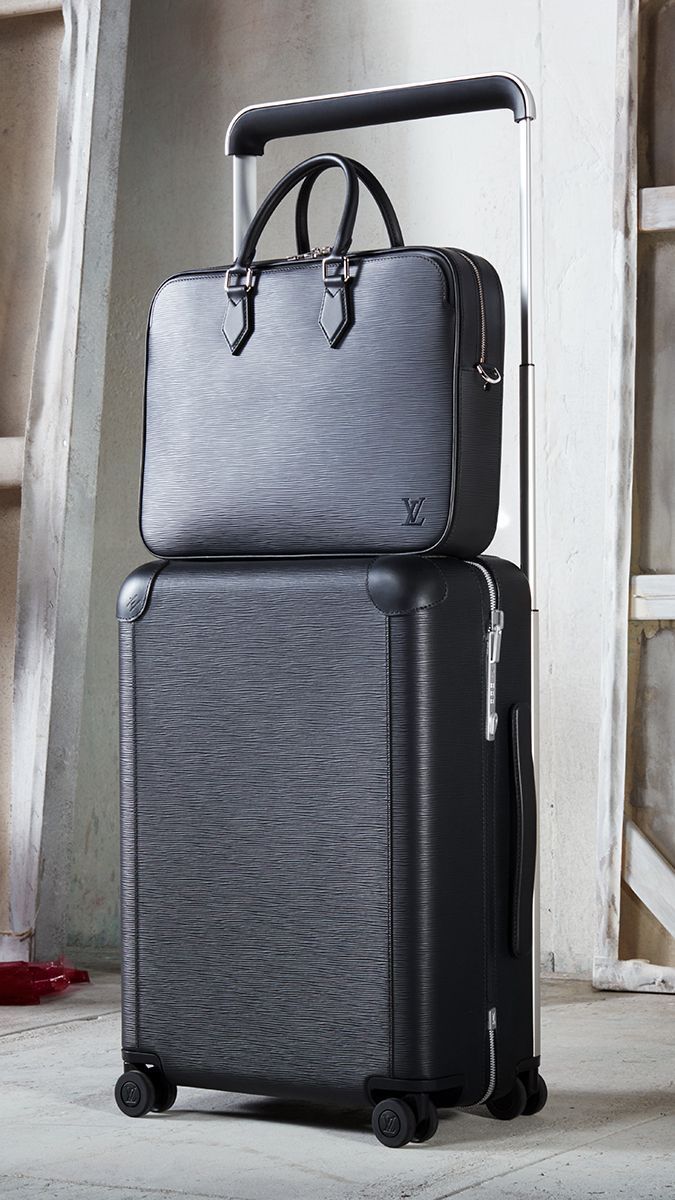What’s the Luggage Limit for Safari Flights?
Packing for a safari adventure is always exciting—but it can become slightly daunting when it comes to figuring out what and how much to pack. Unlike commercial flights, safari flights often involve light aircraft, flying into remote airstrips in East Africa’s wilderness. These flights have strict baggage limits due to aircraft size and safety regulations. If you’re planning your journey with Great Migration Adventure, understanding these limits is essential to ensure smooth and stress-free travel. This guide explores the luggage restrictions for safari flights and how best to prepare for your wilderness journey.
1. Understanding Safari Flights
Safari flights, also known as light aircraft transfers, are a common means of connecting travelers between cities and remote safari destinations. In countries like Kenya, Tanzania, Uganda, and Rwanda, scheduled or chartered bush flights are often operated by small aircraft such as the Cessna Caravan or similar models.
These planes are smaller than commercial jets and often have no overhead compartments, limited cargo holds, and strict passenger weight distribution requirements. Therefore, your baggage must adhere to more specific regulations, particularly regarding size, shape, and weight.
2. Typical Luggage Limitations
On most safari flights in East Africa, passengers are allowed to bring:
- 15 kg (33 lbs) of total luggage per person
- This includes both checked luggage and hand luggage
- Soft-sided bags are required
- Dimensions typically must not exceed 24 x 12 x 10 inches (61 x 30 x 25 cm)
Some high-end charter flights might allow a bit more, but the industry standard is 15 kg per person. Passengers sharing a charter may combine allowances to a certain extent, but only if aircraft loading and safety constraints allow.
3. Why the Restrictions Are Important
These weight and shape restrictions are not arbitrary. Safari aircraft operate under unique conditions:
- Short runways in bush airstrips
- Higher elevations and heat can affect lift and performance
- Limited cargo space within the aircraft
An overloaded or improperly loaded light aircraft poses serious safety risks. Every item of luggage must be weighed and properly balanced.
4. Choosing the Right Bag
For your safari adventure, soft-sided duffel bags or soft backpacks are highly recommended. Avoid hard-shell suitcases or bags with wheels, as they may be refused by the airline.
Ideal features for safari luggage:
- Soft-sided and flexible material
- No hard edges or rigid frames
- Compression straps to reduce size
- Water-resistant material for dusty or rainy conditions
Pro tip: Some brands now manufacture “safari-compliant” bags specifically designed for bush flights.
5. Managing Your Hand Luggage
You’ll usually be allowed to carry a small daypack or personal item, like a camera bag or handbag. However, this is included in your overall 15 kg allowance.
Remember:
- Avoid carrying laptops unless necessary
- Choose a lightweight bag
- Use it for your essentials: travel documents, money, medication, phone, camera, sunscreen, etc.
6. Photography Gear: A Special Case
If you’re a wildlife photographer or simply want to bring along a DSLR camera with lenses, keep in mind:
- Camera gear can be heavy
- Weight limits still apply
- Some safari operators or flight providers may allow extra baggage for camera gear by pre-arrangement
Great Migration Adventure can assist in securing approvals in advance where possible.
7. Laundry Services Help Reduce Packing
One of the best-kept secrets about luxury lodges and camps in East Africa is that daily laundry service is often included in your stay. That means you don’t have to pack a change of clothes for each day!
This is a great way to:
- Stay light
- Recycle neutral-toned safari outfits
- Avoid excess baggage fees
Plan for 4–5 versatile outfits instead of packing for every day.
8. Can I Store Extra Luggage Somewhere?
Yes. If you’re starting and ending your safari in the same city (like Nairobi, Arusha, or Entebbe), you can usually store excess baggage with your ground handler, hotel, or safari tour operator.
Great Migration Adventure offers complimentary luggage storage in our city offices for clients who need to travel light during bush transfers.
9. What Happens if I Exceed the Limit?
If your baggage exceeds the limit, you may face:
- Additional charges (usually per extra kilogram)
- Luggage being left behind
- In extreme cases, refusal to board until the excess weight is resolved
To avoid this:
- Weigh your bags at home
- Stick to the soft-sided and size requirements
- Pack smarter, not heavier
10. What to Pack for Safari Within the Limit
Here’s a smart packing list for staying within the 15 kg limit:
- Neutral clothing: 2–3 shirts, 2 pants, 1 pair of shorts
- Fleece or light jacket for chilly mornings
- Lightweight rain jacket
- Sturdy walking shoes
- Sunhat and sunglasses
- Basic toiletries
- Insect repellent
- Camera and charger
- Binoculars
Avoid bulky items, fancy outfits, or duplicate items.
11. Booking with Extra Baggage in Mind
When booking your safari flight:
- Inform us in advance if you plan to carry camera gear or medical supplies
- Ask about private charters, which can offer more flexibility
- Consider flying on scheduled flights with larger aircraft, which may allow more luggage
Great Migration Adventure always works to match the right flights to your needs.
12. Children’s Baggage Allowance
In most cases, children have the same luggage allowance as adults. If your child needs extra gear—like a car seat or travel crib—discuss it with us in advance to find a solution.
13. Medical and Emergency Gear
For guests with medical needs:
- Inform your safari planner ahead of time
- Essential medications and medical gear should be packed in your carry-on
- Oxygen tanks or heavy equipment may require special arrangements
14. Final Travel Tips
- Pack multi-purpose clothing
- Minimize toiletries (most camps provide essentials)
- Label all bags clearly
- Keep valuables and documents in your carry-on
15. Why It Matters to Us
At Great Migration Adventure, we want your safari to be as seamless as possible. Knowing your luggage restrictions helps us plan your experience with precision—from transfers to check-in, from flight to lodge.
We’re happy to offer guidance, recommend the right gear, and even help you find safari-compliant luggage before you travel. You focus on the wildlife—we’ll handle the logistics.
Packing for a safari is not about quantity—it’s about packing smart. With light aircraft transfers forming a key part of your journey, adhering to luggage limits is vital. By choosing soft-sided bags, limiting your wardrobe, and trusting in lodge laundry services, you can travel lighter and smarter.
Partnering with Great Migration Adventure ensures you get expert advice and seamless logistics. Whether you’re heading to the Serengeti, Maasai Mara, or Bwindi, let your journey be about adventure, not airport stress.










